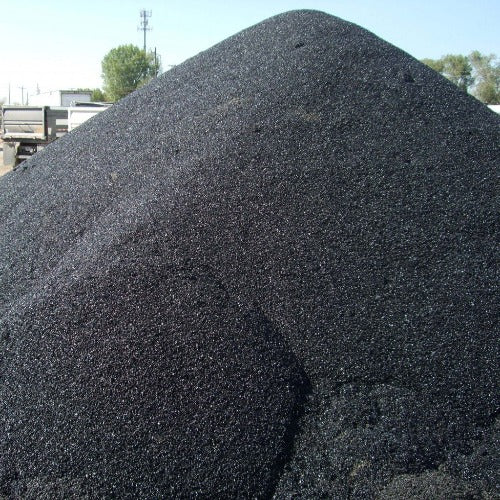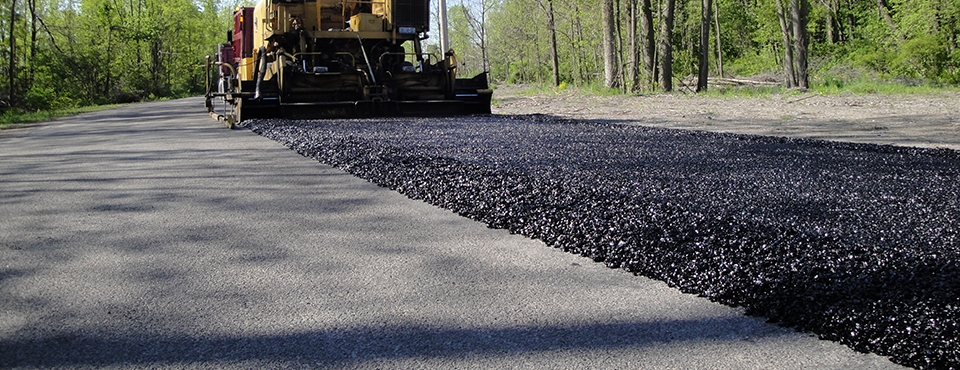Cold Mix Asphalt: Reinventing the Construction Market
The intro of cool mix asphalt has sparked a substantial change in the construction industry, supplying a practical approach that addresses both expense and environmental worries. With developments in modern technology and materials, cold mix asphalt is positioned to redefine building practices, leading the means for an extra lasting and high-performance future.
Benefits of Cold Mix Asphalt
Cold Mix Asphalt uses an economical and eco-friendly option for different construction applications. Contrasted to traditional warm mix asphalt, cool mix asphalt can be produced and applied at reduced temperatures, decreasing power intake and greenhouse gas discharges during manufacturing. This lower production temperature level likewise enables expanded paving periods in chillier environments, boosting flexibility in construction organizing.
One more significant advantage of Cold Mix Asphalt is its flexibility in repair and upkeep jobs. Its ability to be accumulated for long durations without solidifying makes it optimal for emergency fixings and remote places where hot mix asphalt might not be readily offered. Additionally, Cold Mix Asphalt is very easy to carry and deal with, streamlining on-site application and decreasing total task timelines.
Furthermore, making use of Cold Mix Asphalt promotes sustainability in building and construction methods by utilizing recycled products such as redeemed asphalt sidewalk (RAP) and recycled asphalt shingles (RAS) By decreasing the need for virgin materials, Cold Mix Asphalt aids preserve natural deposits and reduce landfill waste. Overall, the advantages of Cold Mix Asphalt make it a beneficial property in contemporary construction projects.
Flexibility in Construction Tasks

In urban settings where noise and web traffic disturbances have to be lessened, Cold Mix Asphalt offers a quieter application process compared to standard hot mix asphalt, permitting smoother task implementation. Its convenience also comes into play in backwoods where access to hot mix plants might be restricted, providing a practical alternative for roadway repair and maintenance. Overall, the adaptability and versatility of Cold Mix Asphalt make it a beneficial property in the building and construction market, accommodating a broad variety of job demands.
Environmental Benefits of Cold Mix
With a growing focus on sustainable building and construction methods, the environmental advantages of Cold Mix Asphalt are ending up being increasingly significant in modern-day project factors to consider. Additionally, Cold Mix Asphalt can be generated utilizing reclaimed asphalt sidewalk (RAP), which helps in conserving all-natural sources and lowering waste sent to landfills.
In addition, the application of Cold Mix Asphalt requires less energy usage on-site considering that it can be stocked for lengthy durations without the demand for reheating, unlike warm mix asphalt. Overall, Cold Mix Asphalt presents a sustainable and eco pleasant option in building jobs.

Cost-Effectiveness and Effectiveness
In regards to task budgeting and operational productivity, the cost-effectiveness and effectiveness of utilizing Cold Mix Asphalt in building and construction tasks are vital considerations. Cold Mix Asphalt provides considerable price benefits contrasted to traditional hot mix asphalt due to lower energy usage throughout manufacturing and minimized labor prices. The capacity to be accumulated for extensive durations without setting permits mass purchasing and minimizes material waste, further contributing to cost-effectiveness.
Additionally, the effectiveness of Cold Mix Asphalt hinges on its adaptability and simplicity of application. Its chilly application process eliminates the demand for huge energy-consuming plants, making it excellent for small tasks or repair services. The quick curing time of Cold Mix Asphalt enables rapid project conclusion, my blog minimizing downtime and disturbances to website traffic circulation (asphalt patch repair). Furthermore, its sturdiness and performance in various climate problems make sure resilient outcomes, decreasing the demand for frequent repairs and upkeep, eventually saving both time and cash for building and construction jobs.
Future Trends and Innovations
An emerging trend in the building industry includes the web integration of sustainable products and advanced innovations to enhance the performance and ecological impact of asphalt services. As the concentrate on sustainability grows, the future of chilly mix asphalt is most likely to see further advancements in green formulas and manufacturing methods. Advancements such as the usage of recycled materials like recovered asphalt sidewalk (RAP) and warm mix asphalt (WMA) are getting traction as a result of their decreased power intake and lower discharges contrasted to traditional hot mix asphalt.
In addition, the integration of technologies like self-healing asphalt, which can fix tiny cracks on its own, and the advancement of clever asphalt with sensors to keep track of roadway conditions and web traffic circulation are on the horizon. These developments not just boost the resilience and durability of roadway surface areas yet also contribute to enhanced security and performance in transport systems. In general, the future of cool mix asphalt is poised to change the building market by using lasting, high-performance options that fulfill the advancing demands of our framework while decreasing ecological influence.

Final Thought
Finally, cool mix asphalt is transforming the construction market with its cost-efficient, eco-friendly, and functional characteristics. Its lower production temperatures minimize power intake and greenhouse gas emissions, promoting sustainability. The capacity to be stockpiled without solidifying enables for mass investing in and asphalt repair rapid application, resulting in effective job completion. asphalt patch repair. With the assimilation of lasting products and progressed modern technologies, cool mix asphalt is forming the future of building and construction techniques in the direction of more environmentally friendly and high-performance services.